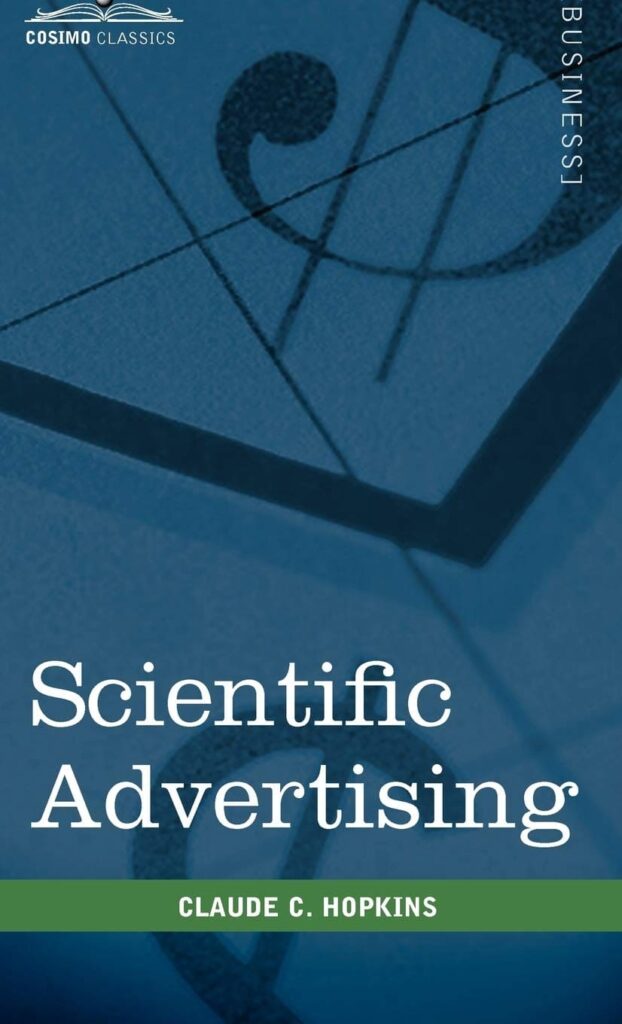Scientific Advertising
Claude C. Hopkins

Scientific Advertising is an important work on advertising from the early 20th century and is still used today by those learning the basics and more advanced parts of the advertising field. The author of Scientific Advertising, Claude C. Hopkins, is well known as the father of modern advertising techniques, and this book has been widely used by students of advertising and marketing. This book covers many important aspects of advertising including how advertising laws are established, mail order advertising, headlines, psychology, strategy, budgeting, and more advanced subjects like negative advertising and how to test an advertising campaign.
Key Summary
“Scientific Advertising” is a book written by Claude C. Hopkins, published in 1923. The book is considered a classic in the field of advertising and marketing, and it provides a comprehensive guide to the principles of effective advertising. The book emphasizes the importance of understanding and targeting the customer, using data and research to guide advertising decisions, and using persuasive copy and visuals to reach the target audience. The author emphasizes the importance of testing and tracking advertising efforts to continuously improve results.
Takeaways
1. Know your audience: Understanding your target audience is crucial in creating effective advertising.
2. Use research and data: Use data and research to guide your advertising decisions, not just intuition.
3. Test and track: Regularly test and track your advertising efforts to continuously improve results.
4. Focus on benefits: Advertising should focus on the benefits a product offers, not just features.
5. Be persuasive: Use persuasive language and visuals to engage your target audience.
6. Use a call to action: Encourage your target audience to take action through a clear call to action.
7. Keep it simple: Keep your advertising message simple and clear, avoiding complex language and visuals.
8. Offer a guarantee: Offering a guarantee can increase trust and credibility in your product.
9. Continuously improve: Continuously evaluate and improve your advertising efforts based on data and research.
10. Focus on results: The goal of advertising is to drive results, so focus on what drives the desired outcome.